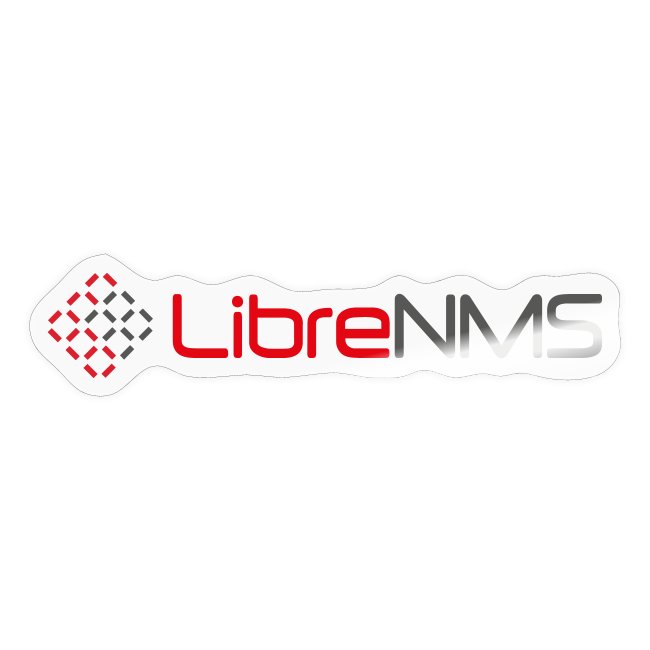LibreNMS — Open Source Network Monitoring Platform
Why It Matters
LibreNMS is an open-source monitoring system tailored for networks. It grew out of Observium’s community edition and has since become a project in its own right, focusing on scalability, device coverage, and automation. Network administrators use it to track routers, switches, servers, and even IoT hardware without paying for commercial licenses.
How the System is Put Together
At its core, LibreNMS is built around SNMP polling but extends much further. It includes autodiscovery to find devices, APIs to integrate with automation systems, and a modular poller design. For distributed networks, pollers can be deployed in different regions, all reporting back to a central server. The architecture is straightforward enough for small deployments yet flexible enough for service providers.
Data Collection
– SNMP remains the primary protocol, allowing monitoring of almost any networked device.
– Agent-based metrics can be pulled through collectd, NRPE, or custom scripts.
– Syslog and traps are supported, helping operators get event-driven visibility alongside performance metrics.
This hybrid approach ensures both baseline telemetry and reactive alerting.
Interfaces and Integrations
LibreNMS has its own responsive web UI with dashboards, graphs, and maps. It also provides an API that other tools can query. Many organizations connect it with Grafana, using LibreNMS as a data source. For notifications, the system integrates with Slack, Teams, email, IRC, and more. A built-in billing module even tracks bandwidth usage for service providers.
Deployment Options
– Bare-metal or VM installation on Linux servers.
– Docker images maintained by the community.
– Clustered pollers to scale across multiple regions or datacenters.
Setup scripts simplify initial deployment, and updates are handled via a daily automated mechanism, keeping the software current without manual patching.
Performance and Resource Use
Performance depends on the number of devices and polling frequency. A single server is enough for a mid-size enterprise, while distributed pollers make it possible to scale to thousands of nodes. The system is efficient in storing time-series data thanks to RRDTool and optional integration with more advanced backends.
Security and Reliability
– Role-based access control manages user permissions.
– Authentication can be integrated with LDAP or Active Directory.
– HTTPS and VPN tunnels are recommended for securing distributed pollers.
– Daily updates keep security patches applied automatically.
Where It Fits Best
– Enterprises needing SNMP-based visibility across multi-vendor networks.
– Internet service providers that require distributed pollers and billing integration.
– Data centers combining syslog, traps, and performance metrics in one console.
– Organizations looking for a no-cost alternative to commercial NMS products.
Known Drawbacks
– The UI, while functional, is less polished compared to some commercial solutions.
– Heavy reliance on SNMP may be limiting if deep application-level monitoring is required.
– Scaling beyond several thousand devices requires careful poller distribution planning.
Comparison Snapshot
| Tool | Strengths | When to Choose |
|————-|———–|—————-|
| LibreNMS | Broad device support, autodiscovery, open source | Multi-vendor networks, cost-sensitive environments |
| Observium | Strong graphing, easy setup | Smaller networks, commercial editions for more features |
| Zabbix | Full-stack monitoring with agent-based approach | Enterprises needing applications + infra in one |
| Nagios Core | Plugin flexibility | Teams with existing custom checks |
| SolarWinds | Commercial suite with integrations and support | Enterprises with budget and compliance needs |


